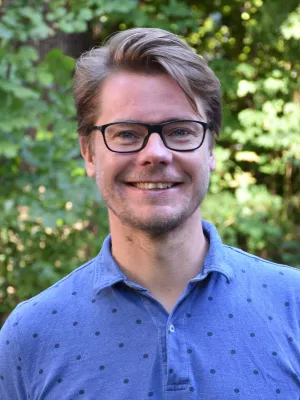
Håkan Johansson
Professor

Bridging the Gap: How do EU-Based Civil Society Organisations Acquire Their Internal Representation?
Author
Summary, in English
In recent decades, the emergence and development of pan-European
civil society organisations have been prominent, including those representing
interests of marginalised groups and raising related social issues. Typically composed of national and European level umbrella organisations, some of these
organisations have grown as important interlocutors between EU institutions and
civil society, and derive legitimacy for their advocacy and lobbying activities by
claiming broad representativeness. Through a comparative study of five principal
EU-based civil society organisations, the present article analyses how these
organisations, operating at multiple levels with their membership based on extensive
geographical areas, acquire internal representation of members and beneficiaries.
civil society organisations have been prominent, including those representing
interests of marginalised groups and raising related social issues. Typically composed of national and European level umbrella organisations, some of these
organisations have grown as important interlocutors between EU institutions and
civil society, and derive legitimacy for their advocacy and lobbying activities by
claiming broad representativeness. Through a comparative study of five principal
EU-based civil society organisations, the present article analyses how these
organisations, operating at multiple levels with their membership based on extensive
geographical areas, acquire internal representation of members and beneficiaries.
Department/s
- School of Social Work
Publishing year
2014
Language
English
Pages
405-424
Publication/Series
Voluntas
Volume
25
Issue
2
Links
Document type
Journal article
Publisher
Springer
Topic
- Social Work
Keywords
- sociolgy
- Marginalised groups
- The European Union
- Political representation
- Civil society organisations
Status
Published
Project
- Beyond the welfare state: Europeanization of Swedish civil society organizations (EUROCIV)
ISBN/ISSN/Other
- ISSN: 0957-8765

